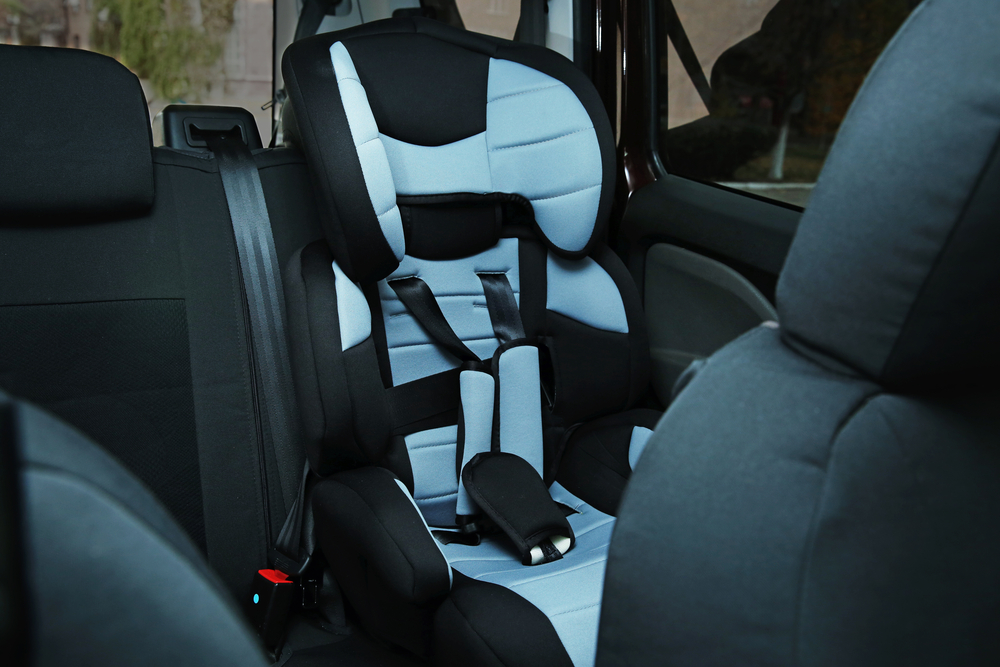One of the most important items a parent can buy to protect their child is a child safety seat. Children are more likely to be injured in a car accident than adults because of their smaller more fragile bodies. They need the protection a car seat or booster seat provides during an accident. Being in a safety seat can reduce a child’s risk of injury or death by more than 50%, according to the Centers for Disease Control and Prevention (CDC). The CDC says the use of child safety restraints has saved the lives of over 11,000 children since 1975 and prevented many more from being injured.
Unfortunately, many parents have found out too late that the child safety seat they counted on protecting their child was not safe itself. Defective child safety seats have failed to prevent hundreds of deaths and many more injuries.
Purpose of Child Safety Seats
In sudden stops and accidents, unrestrained passengers of a vehicle will keep moving at the speed of the vehicle until they are stopped by hitting another object. Because of their small size, unrestrained child passengers become almost like a projectile being thrown around the vehicle. This can lead to very serious injuries.
A child safety seat is designed to prevent those injuries from happening by:
- Absorbing the force of the impact
- Preventing the child from being thrown around in the vehicle
- Protecting the child from being crushed by other passengers
- Preventing the child from being thrown out the vehicle
It is important that a child has the proper safety seat for their age, size, and height. Learn more about finding the right car seat here.
Common Child Safety Seat Defects
Hundreds of models of child safety seats have been recalled because of defects. Many more go undetected and unreported. Some of the most common defects and failures of child safety seats include:
- Seat disconnecting from its base
- Defective latches
- Seat straps that break or are too loose
- Malfunctions of the handle
- Inadequate padding for protection
- Poor Seating Support, causing sliding
- Weak shell design
- Use of flammable materials
- Lack of correct instruction on how to use seat properly
Defective Child Safety Seat Injuries
Sadly, a defective child safety seat can lead to serious injuries for a child. Some common injuries from defective child safety seats are:
- Brain Injury
- Spinal Cord Injury
- Broken Bones and Fractures
- Severe Cuts and Lacerations
- Bruising
- Internal Injuries
- Death
Compensation for Defective Child Safety Seats
If your child has suffered injury because of a defective child safety seat, you could hold the manufacturer responsible. A default manufacturer could be made to pay compensation for:
- All Medical Expenses
- Physical Pain and Suffering
- Emotional Trauma
Proving a defective child safety seat claim can be complex. You must prove exactly how the safety seat is defective. Then you must show that the defect contributed to your child’s injuries. This can be difficult. But, an experienced personal injury lawyer can help you through the process.
Our attorneys have over 20 years of experience helping those injured get the compensation they deserve. Contact us today for a free evaluation and let our family help your family.

